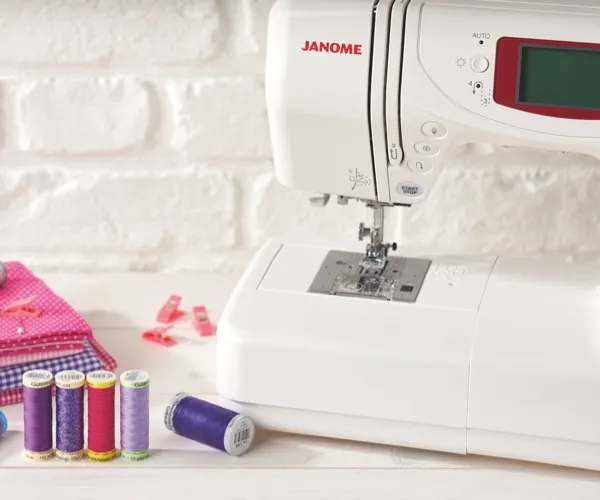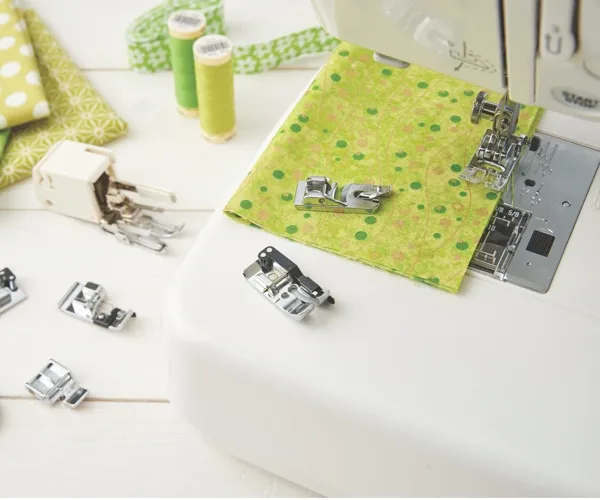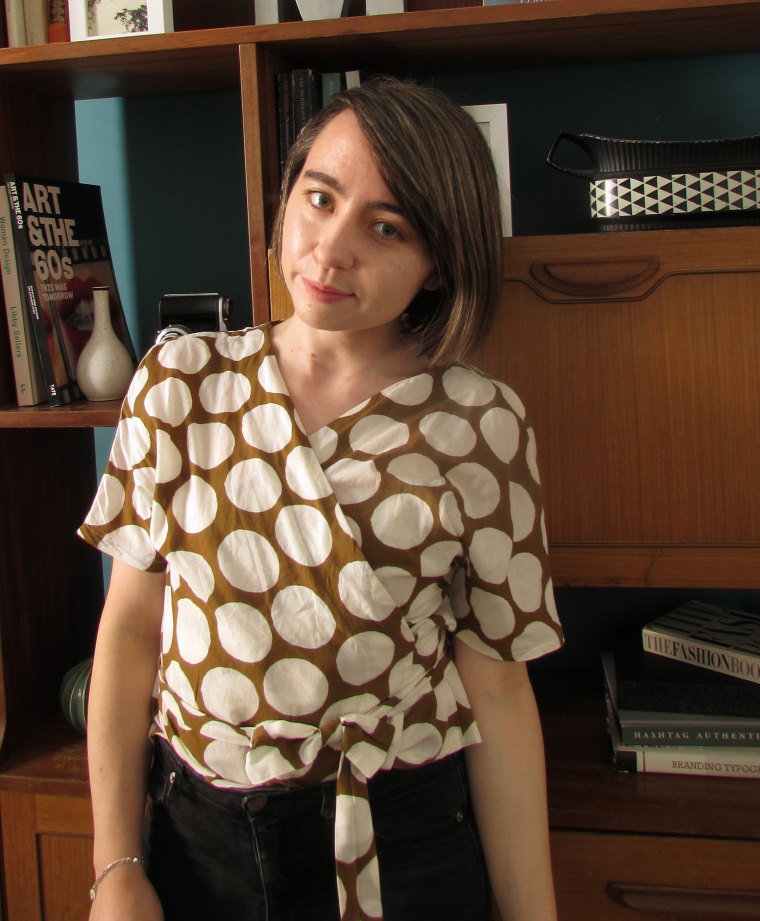Just imagine the thrill of whipping up your very own home-sewn projects on a sewing machine – it’s definitely an essential for any keen stitcher who wants to start bigger projects. Not only will it speed through your projects faster than you possibly could by hand, but using one also makes for durable seams and a professional finish you’ll be proud of!
We know that there are an awful lot of different options out there, but with a bit of considered research and (ideally) a little ‘try-before-you-buy’ action, we’re confident you can find a sewing machine that will grow with you as you set off on your sewing adventures.
For more buying advice, check out our best sewing machines for beginners guide.
Setting a price
The first step is to set a realistic budget – yes, this is a bit dry, but stick with us. With sewing machines, like most bits of kit, you really do get what you pay for, so invest as much as you can in the initial purchase. You can pick up a good start-up model that does all the basics for about £100–£150, but if you’re really serious about sewing then it’s worth spending more upfront to get additional features that you’ll use as you progress.
If you’re still unsure about spending so much money, it’s worth going down the second-hand route. Look for good branded models on auction sites like eBay or Gumtree – we really rate Janome, Brother and Singer machines for most tasks. Do keep in mind when going for the preloved option that you might get home to find it’s not quite the dream machine you were hoping for – always ask to see the sewing machine in operation before parting with a penny, and trust your instincts when dealing with a seller!

What stitches do you need?
Now, before we go any further, let’s stop for a moment and figure out what stitches you’re actually going to need when you get your machine home. While manufacturers might suggest that you need a different stitch for every job, the truth is that for most garments and homewares a simple straight stitch for basic seams and a zigzag stitch to finish raw edges will see you through to relatively advanced projects. Don’t be seduced by a machine with a huge range of decorative stitches. Sure, they look fancy, but the chances are most of them will go unused. However, we can’t stress enough how important a variable stitch length function is! This is key to machine sewing versatility and will cope with it all, from tacking (or basting) to fine sheers.
Added extras
Again, it’s oh-so-easy to be seduced by the vast array of add-ons available with a new machine (and we do love a gadget!). But it’s important to make an informed decision about what you’re most likely to use on a regular basis. For homewares, you’ll probably only need a basic presser foot (which should come with your machine as standard). If you’re planning on making lots of clothing, then a buttonhole foot and a zipper foot will definitely come in handy as you progress. Whereas, if you fancy turning your hand to quilting, then a ¼in foot and a walking foot are a good investment (both are invaluable for an accurate seam allowance, and sewing through all of the quilty layers).
For decorative work like freehand machine embroidery or appliqué you’ll need a freehand embroidery/darning foot – it enables you to drop the feed dogs and in effect draw with the needle and thread. But don’t worry f you’re new to sewing – just stick with the basics that are come with your machine. As long as you’re buying from a reputable brand, you can buy additional feet further down the line.

Where to shop
No longer just the domain of your local haberdashery store, sewing really has gone mainstream and now several department chain stores in the UK stock sewing machines. So, if you’ve got a clear idea of what you want, they’re a great place to pick up a reasonably priced machine. We found lots of customer reviews on all of the major store sites – well worth having a read through if you’re still undecided. But if you’re still a little overwhelmed by the decision, we recommend popping into your nearest independent store – if you’re lucky enough to have one nearby. There you’ll find, tucked away in a forgotten corner of your home town, a little gem of a shop run by people who just love sewing – and will be genuinely excited to share their passion (and knowledge) with you!
Practice makes perfect
Once you’ve found your perfect machine, it’s time to get it home and take some time to get acquainted with your new purchase. Practise the basics, like threading the needle (once you’ve got the knack it’s fine!) and winding the bobbin, before you test out all your stitches (and adjustments) on different types of scrap fabric.
Before you get carried away with the wonderful world of stitching, remember that you need to take care of your machine along the way. We recommend keeping your new stitchy friend covered when not in use (to keep out the dust). It’s also suggested that you change your sewing needle after every six hours of stitching – yes, that sounds a bit much, but you’ll find sewing seams much easier with a nice sharp needle.
Keep your needle plate and bobbin case clear of fluff with regular cleaning (a quick internet search will show you how), and for a clean bill of health take your machine to be serviced by a pro every couple of years. Follow these basic bits of advice and we guarantee you many years of happy stitching to come!

